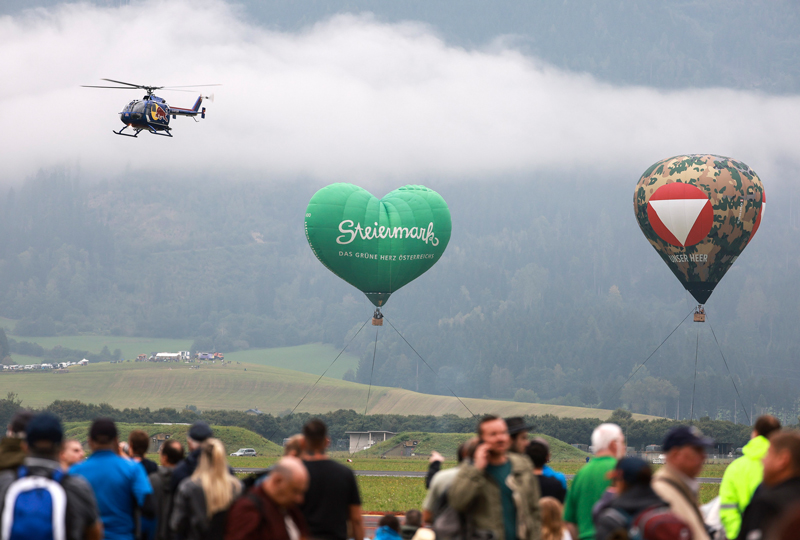
The Douglas DC-3 (Douglas C-47 and Douglas Dakota as military version) is a Douglas Aircraft Company aircraft that was built from 1935 in 10,655 original aircraft and 5,424 under licence, some of which are still in commercial service today. The military versions Douglas C-47 (US Air Force) or Douglas Dakota (Royal Air Force) became known in Germany as one of the aircraft types nicknamed “raisin bomber” during the Berlin Airlift.
The Douglas DC-3 was originally designed to allow passengers to sleep during flight. Thus, couches were initially installed in the DC-3 to ensure this. This system was initially called DST (Douglas Sleeper Transport). After seats were reinstalled in the DST, the aircraft got its name: Douglas DC-3. Passenger capacity was first 28, later up to 35 passengers. Compared to the DC-2, the fuselage of the DC-3 had been thickened from 1.68 m in diameter to 2.3 m, which enabled the installation of three seats per row and increased efficiency. The DC-3 made its maiden flight on December 17, 1935 from Santa Monica airfield (California). The aircraft was characterised above all by its safety, robustness and high economic efficiency.
During World War II, the DC-3 was used as a transport, tow plane, air ambulance, and passenger aircraft. After the Second World War, some of the aircraft used by the United States Army Air Forces were sold to civilian aviation companies. The DC-3 thus played a role in the development of civil aviation that should not be underestimated.
In Colombia, the DC-3 is still used today for both supplying and transporting passengers to and from remote villages in the Amazon. The aircraft are the only connection to the outside world there.
Michael Manousakis and his team will be back at AIRPOWER24 with the Douglas DC-3.
Douglas DC-3
Technical Data: